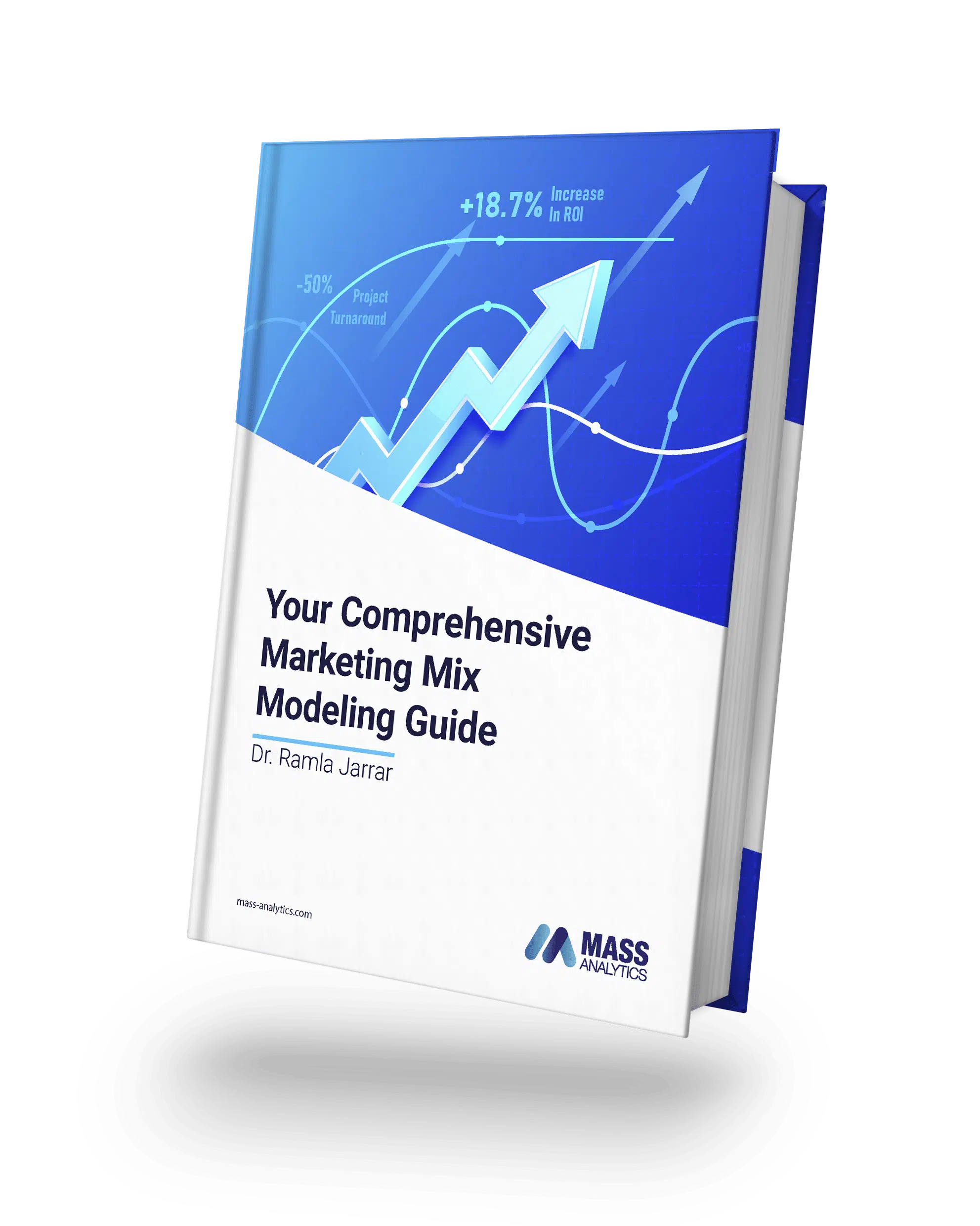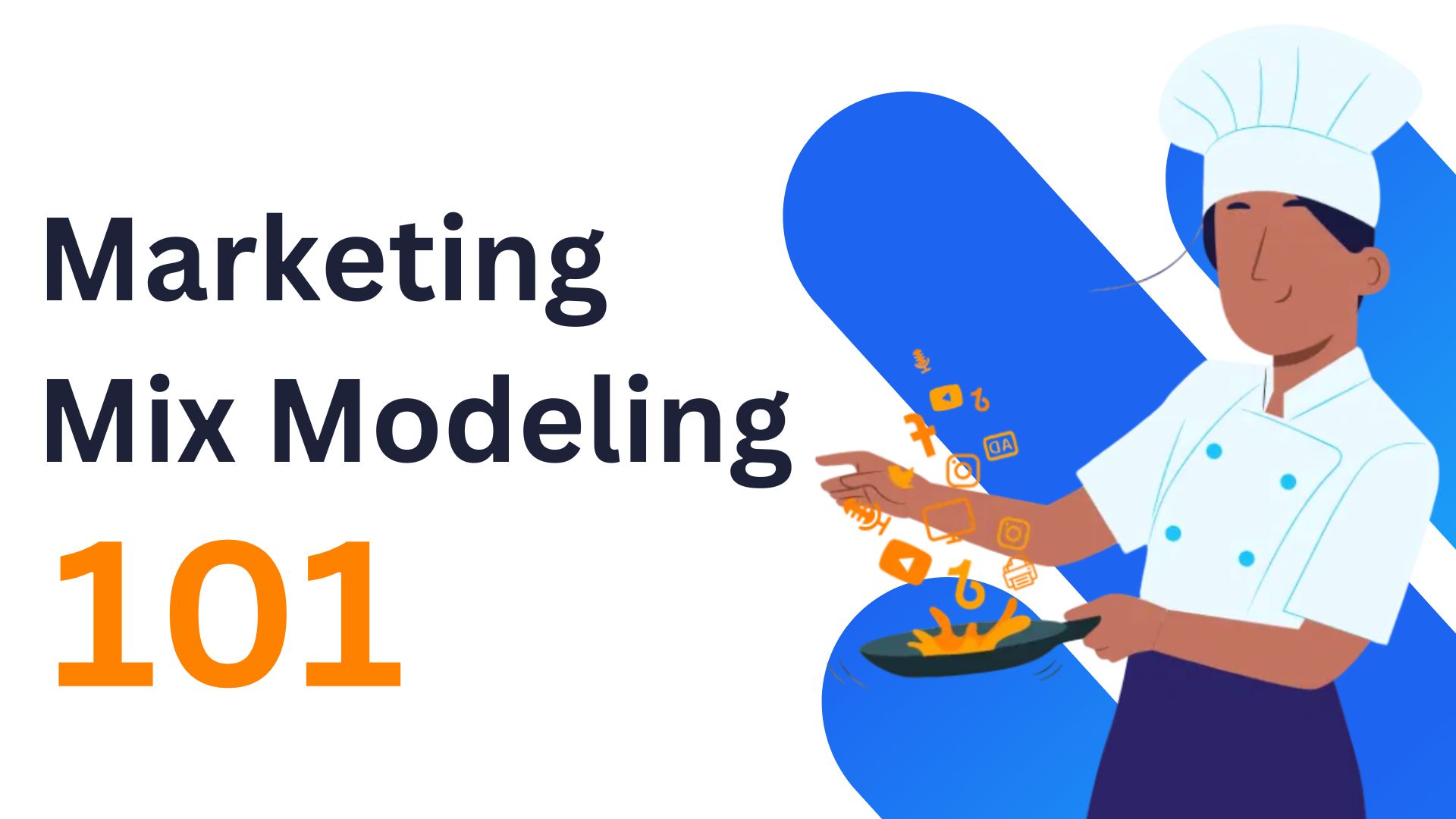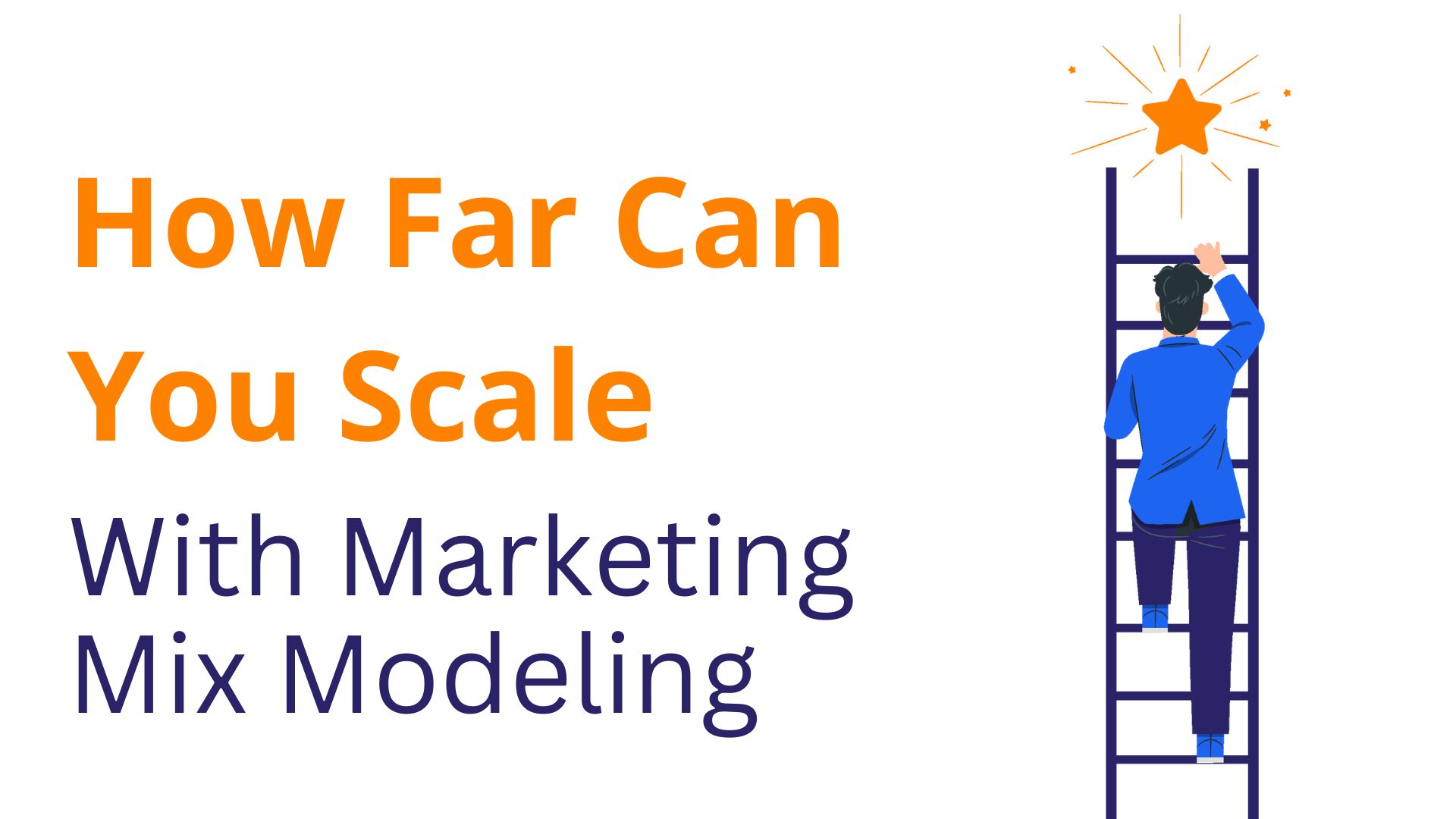How Can Marketing Mix Modeling Be Used for Scenario Planning
2020 is behind us. Marketers are focusing on putting in place a robust, dynamic marketing plan for the New Year.
The ongoing COVID-19 pandemic influences consumers behavior in all aspects: What we shop, where and how.
Despite the glimpse of hope that we will overcome the COVID-19 crisis, brands baselines might not get back to “normal”. Therefore, “Use last year plan” with minor adjustments is no more an option. Since the beginning of the outbreak, digital channels became the preferred choice due to consumers shifting to easier and safer shopping methods. With an upward digital trend, data driven tools are proven to be unavoidable for marketing professionals. These invaluable tools help assess their brand equity and backup their tactics, during crisis. This data driven orientation followed the rise of IOT and advanced analytics, both proven to boost business planning decision process. For SMEs seeking to get insights on their business drivers, Marketing Mix Modeling is among the best choices for “Goodbye to Guesswork!”
Data Modeling for Better MROI
Once the model is constructed, Modelers have to get it validated from statistical and business perspectives. Consequently, the project progresses to the next stage “Simulation and Optimization,” also called Marketing Mix Optimization. Therefore, the insight gained from model results will support marketing analysts through their task of budget allocation across the different channels and regions. This second stage is rooted in a combination of “What if Scenarios”. That is to support multiple scenario planning in the prediction phase and “Best Scenario” in the optimization task.
How Does MROI Optimization Works?
Business is all about compromises. In the context of optimization, the objective is to maximize contribution while keeping a win situation for MROI. The idea behind Marketing Mix Optimization consists of identifying Media that are working better than the other ones. The budget is then shifted to the medium with the highest incremental revenue. This approach ensures an increase in MROI for the same budget.
Nuts and Bolts of Marketing Mix Modeling
Scenario Planning
To reach the optimal budget allocation, we recommend the following workflow:
- Process Data Transformation while accounting for the Ad stock effect of your media variables.
- Consider saturation effect with Diminishing Returns Transformation.
- Build your Marketing Mix Model.
- Define your constraints such as budget range across the channels and run your Optimization Engine to search for the optimal allocation.
- To answer the call of agility, keep your optimization results automatically pointing to your Marketing Mix Modeling model for any potential fine-tuning.
How to Simulate Different Scenarios?
The last building block of Marketing Mix Modeling is Simulation, Prediction or also called Forecasting. This step allows to simulate the different marketing investment scenarios & Media plans that could be sourced from the stakeholders. Scenario Prediction is based on the measured relationship between the different variables in the modeling phase. The marketing analysis team could then define a reference scenario for results comparisons.
A reference scenario can be in terms of contribution, % contribution, and future ROIs based on the prediction plan. With the power of simulation in hand, marketers could easily maintain supervision over the changing trends. Additionally, they can assess how the business will respond in the context of different assumptions/plans made. From data exploration and modeling to optimization, Marketing Mix Modeling workflow brings needed cornerstones to organizations’ measurement. To draw brand’s path to success and ensure its differentiation from its rivals.







